The Canon EOS Rebel T7i (EOS 800D outside the US) is the latest in a long line of entry-level Canon DSLRs that can chart their heritage back to the original EOS Digital Rebel (EOS 300D) that arrived back in 2003.
Since then, the various iterations and updates that have come and gone have been firm favorites with both new and more experienced users alike.
Canon's current EOS Rebel T6i / EOS 750D has established itself as one of our favourite entry-level DSLRs. It's packed with a range of features perfect for the new user, while the polished handling makes it a pleasure to use.
But that camera is now two years old and beginning to show its age, and with Nikon updating its entry-level range with the likes of the D3400 and D5600, and with a slew of new mirrorless rivals from various manufacturers being thrown into the mix, an update from Canon was always on the cards.
The EOS Rebel T7i / 800D offers a number of improvements over its predecessor, although not all of them are obvious from a glance at the spec sheet,so let's take a closer look at the Rebel T7i / 800D…
Features
- APS-C CMOS Sensor, 24.2MP
- 3.0-inch vari-angle touchscreen, 1,040,000 dots
- 1080p video capture
While the EOS Rebel T7i / EOS 800D sports the same 24.2MP resolution as the Rebel T6i / EOS 750D it replaces, the sensor has been overhauled we’re told, and uses the same technology we've seen in the EOS 80D.
Canon wouldn't elaborate on what exactly has changed, but we can speculate that it uses the same on-chip digital-to-analogue conversion technology that we've seen in the EOS 5D Mark IV to handle noise better.
The new sensor is partnered with a new DIGIC 7 image processor. We've seen a DIGIC 7 chip already in the likes of Canon's PowerShot G7 X II compact camera, but this is quite a different proposition. Canon claims it can handle 14 times more information than the DIGIC 6 processor that was in the T6i / 750D, which again should help deliver a better high-ISO noise performance, as well as an improved autofocus performance too.
We'll look at the autofocus in more detail a little later, but sensitivity-wise the Rebel T7i / 800D offers a range of ISO100-25,600 – that's an extra stop over the T6i’s expanded 12,800 ISO ceiling, while there’s a Hi setting equivalent to ISO51,200 also available. You’ll just have to select this in the custom setting.

Canon has opted to stick with the same 3.0-inch, vari-angle touchscreen display with a resolution of 1,040,000 dots. A slight boost in resolution, or increase in size to 3.2-inches (matching the Nikon D5600), would have been welcome here, but perhaps Canon may have felt improvements were unnecessary here, as it’s already one of the most polished touch interfaces out there.
It’s perhaps a little underwhelming to see only Full HD capture
With 4K video capture becoming more of a standard feature on cameras, especially the mirrorless rivals which the Rebel T7i / 800D will be going up against, it's perhaps a little underwhelming to see only Full HD capture offered.
Footage can be captured at up to 60p though, up from the T6i / 750D’s 30p, while Canon has equipped the Rebel T7i / 800D with a 5-axis image stabilization system for shooting hand-held footage. Designed to work with video but not stills, the system is designed to counter unwanted camera movement, while IS-equipped lenses will also work in conjunction with the system.
There’s also a 3.5mm stereo microphone jack port, but no headphone port to monitor audio – something that’s pretty standard on cameras at this price point.
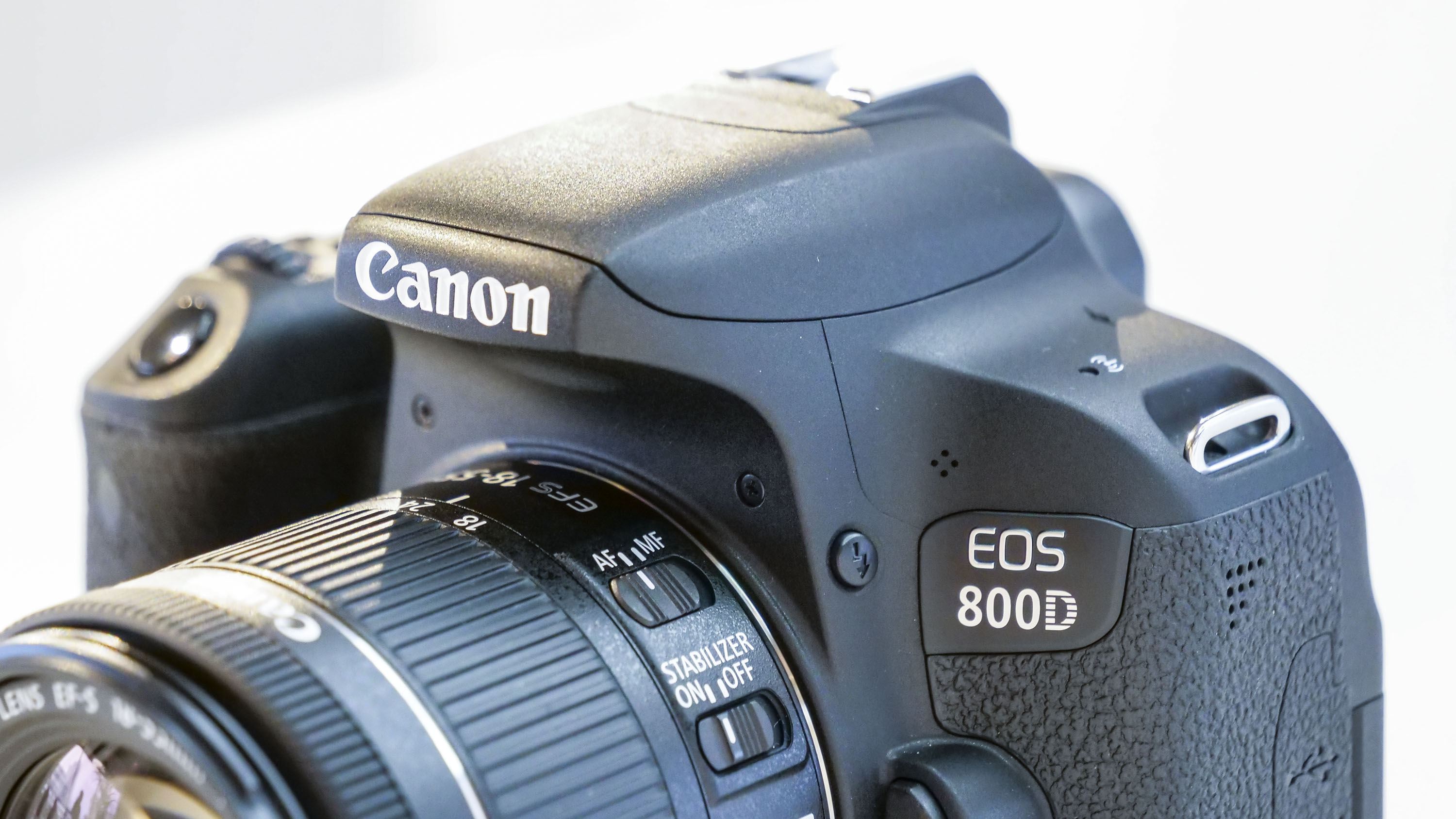
The T6i / 750D supported Wi-Fi and NFC connectivity, and the T7i / 800D builds on this. There's now the option to set up a low-energy Bluetooth connection so that you can always be connected to the camera. We’ve seen something similar with Nikon’s SnapBridge connectivity, enabling you to remotely transfer images from your camera to a compatible smart device.
Canon's Camera Connect app also lets you wake the camera from its slumber (provided you haven't turned the camera fully off), as well as browse photos and operate the camera remotely. The Camera Connect app itself has also been updated to make it more user-friendly, and to help guide you through the controls.
New 18-55mm lens
The arrival of the EOS Rebel T7i / EOS 800D also heralds a new 18-55mm kit lens that’ll be offered as a starter kit with the camera. The Canon EF-S 18-55mm f/4-5.6 IS STM is 20% smaller than its predecessor, and a little slower (the older lens had a variable maximum aperture of f/3.5-5.6) thanks to its collapsible design, but offers up to four stops of image stabilization. As we’ve got our hands on one of the first T7i / 800D’s available we’re using the older lens for this review, but we'll update once the new optic becomes available.
Build and handling
- Aluminum alloy and polycarbonate construction
- Design little changed from previous models
- Weighs 532g
Like the Rebel T6i, the T7i features a aluminum alloy and polycarbonate construction, but has managed to shave about 20g from the weight of the camera, which tips the scales at 532g with a battery and card.
However, while we don’t doubt that the quality of the construction of this camera is very good, the predominantly matt plastic exterior finish of the camera just doesn’t feel that nice to the touch. If we’re being harsh, it feels quite cheap, especially when compared to mirrorless rivals like the Panasonic Lumix G80/G85 and Fujifilm X-T20.
While it's not going to trouble most mirrorless rivals when it comes to size, the T7i / 800D is still pretty compact, while the textured hand grip is pleasingly deep, allowing you to get a firm grasp on the camera.
Design-wise, little has changed from its predecessor, with minor tweaks to the rear of the camera. The indent to release the rear vari-angle display is now next to the viewfinder, rather than to the right-hand side, while the left-hand side of the viewfinder has a slightly gentler slope to it. Otherwise the design is almost identical, with the same control layout as the T6i / 750D. This is no bad thing though, as the T6i / 750D is a nice camera to use.
There’s a decent (but not overwhelming) amount of body-mounted controls dotted around the camera. On the top plate are a single command dial and dedicated controls for ISO, autofocus and display, while there’s a host of regularly used settings on the rear.
There’s also a Quick menu that's accessed by pressing the Q button. This gives you rapid access to some key features that can either be adjusted using the camera’s physical buttons and dials, or by touching the screen to toggle between settings. We reckon that even if you’re not used to using a touchscreen on a camera, it’ll soon become second-nature to you – the EOS Rebel T7i / EOS 800D’s touchscreen interface is very intuitive, and integrated seamlessly with the camera’s menu system.
The vari-angle display offers a useful range of movement to assist in a range of shooting situations
The T7i / 800D uses a cheaper pentamirror design (rather than the pentaprism that’s used in more advanced DSLRs) that shows approximately 95% of the scene as on the D5600. The display is nice and bright (if a little cramped), but you'll need to take care when composing shots to avoid unwanted elements encroaching on the edges of the frame – we found on a couple of occasions when reviewing shots on the rear display that annoying stray elements had crept in.
If you're going to be relying on the rear touchscreen more when composing shots, the good news is that you get 100% coverage here. Clarity and sharpness are good, while the vari-angle display offers a useful range of movement to assist in a range of shooting situations.
Autofocus
- 45-point AF, all cross-type
- Sensitive down to -3EV
- Dual Pixel AF for Live View
The EOS Rebel T6i / EOS 750D employed Canon's tried and tested 19-point phase-detect AF system, which was starting to look a little dated even when it was launched a couple of years back. Canon has overhauled this for the Rebel T7i / 800D, upping the coverage to 45 points – and that's not the whole story, as Canon has also made all 45 points cross-type for more accurate AF.
(Cross-type sensors are sensitive in both the horizontal and vertical planes, so when the camera's focusing it's more likely to lock onto its target than a sensor that's sensitive to one plane, which can mean you have to rotate the camera to achieve focus.)
As well as this, focusing is sensitive down to -3EV, so even in poor light you shouldn't have any issues. We test the AF under poor artificial light and it performed well, only struggling when presented with some almost pitch-black conditions. Finally, 27 of the AF points are sensitive even at wider apertures down to f/8 – perfect if you're planning to use a moderately slow lens and teleconverter together.

The T7i / 800D’s phase-detect system works very well – focusing speed was pretty snappy even with the 18-55mm lens we used, while subject-tracking performance is noticeably better than the T6i / 750D, thanks to the 7560-pixel RGB+IR metering sensor that helps the AF system track subjects.
As there’s no dedicated joystick for AF point selection, this is done via the four-way button arrangement on the rear of the camera, which works pretty quickly, while there are four AF modes to choose from: selectable single point, Zone AF (uses 9 AF points in a selectable block), Large Zone AF (can select the central 15 AF points, or the 15 points either side) or Auto Selection AF (uses the entire coverage, with the camera selecting the AF points).

The Rebel T7i / 800D also gets Canon's Dual Pixel AF for Live View photography and video capture. It's certainly a welcome improvement over Canon's rather clunky Hybrid CMOS AF III system, which was used in the older model and wasn’t a patch on its mirrorless rivals for speed and operability.
With 49 AF points arranged in a 7 x 7 grid, this new system is much improved and delivers smooth and fast focusing, especially when used in tandem with the touchscreen when selecting your desired point of focus. It’s so much better than the older system, and better than the system used by the Nikon D5600 – and good enough to trouble some mirrorless systems.
Performance
- 6fps burst shooting
- User guide on camera
- 600-shot battery life
Thanks in part to the DIGIC 7 image processor, Canon has managed to boost the continuous shooting speed to 6fps in the T7i, up from the T6i's 5fps. It's a modest jump, though, and with mirrorless rivals offering faster burst shooting this is another area where it's a shame that Canon hasn't been tempted to try and squeeze out even more performance from the new camera.
Battery life has seen a big improvement though, and many mirrorless rivals would struggle to match the T7i / 800D's 600 shot capacity – up from the T6i's 440. There is a caveat though, as solely using the rear display, if that’s how you like to shoot, will see battery life drop to 270 shots, while it lags behind its closest rival, the Nikon D5600, which can take an extra 220 shots (820 in total) before the battery will need recharging.
Getting to grips with creative photography can be daunting for new users, which is where Nikon's graphical Guide Mode on the likes of the D3300 has done really well in the past, so it's welcome to see Canon introduce something similar on the T7i / 800D.
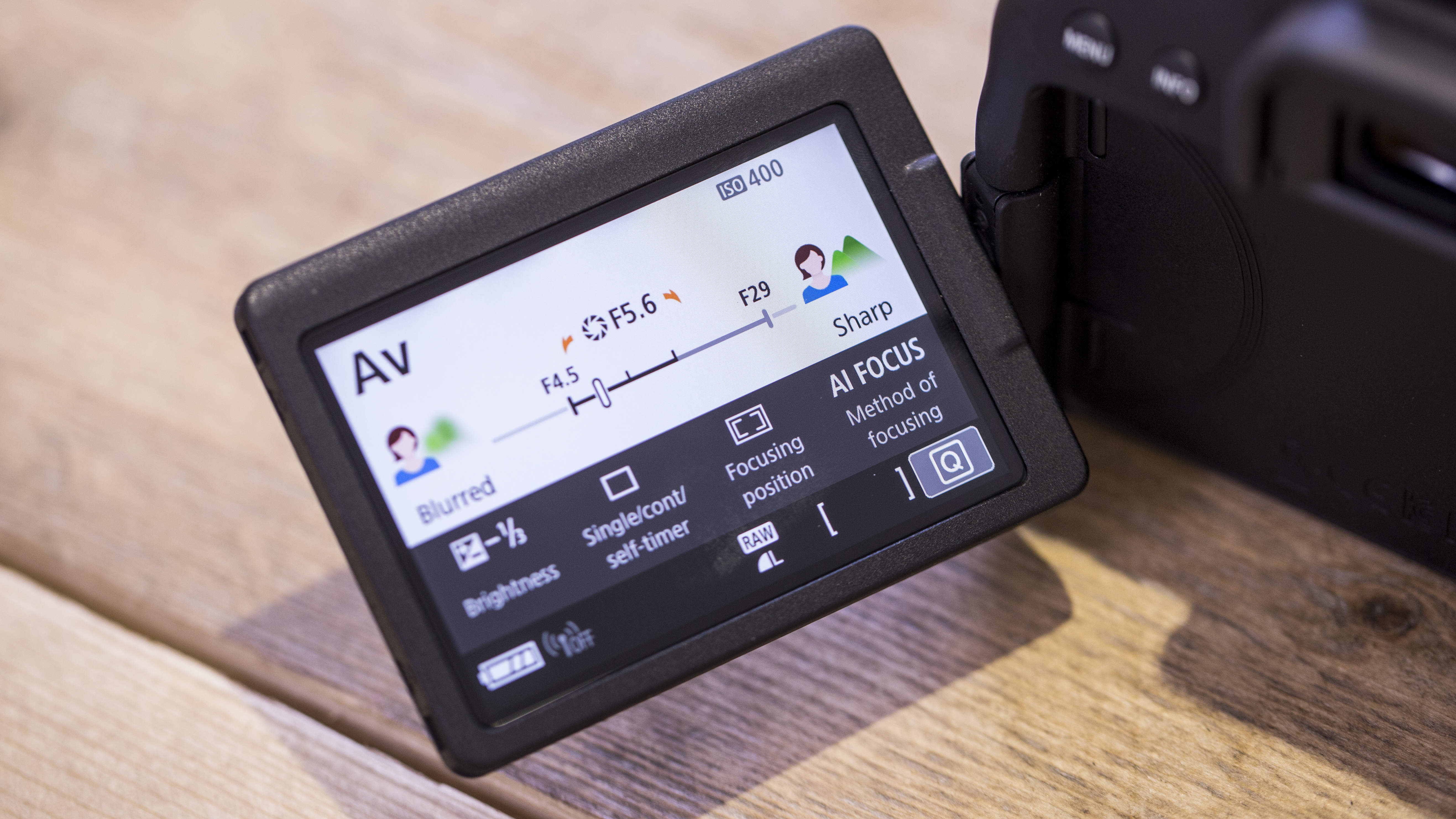
Canon has introduced a clean-looking graphical interface that helps users by explaining settings, and offering advice on what effects each will have on the final shot. For instance, if you’re in Aperture Priority mode the display will illustrate what settings are needed for a blurred or sharp background, with additional info being displayed to help you further understand what’s going. For new users this will certainly be of benefit, while more more experienced users can disable this feature in the menu if they wish, and stick with Canon's more traditional menu system.
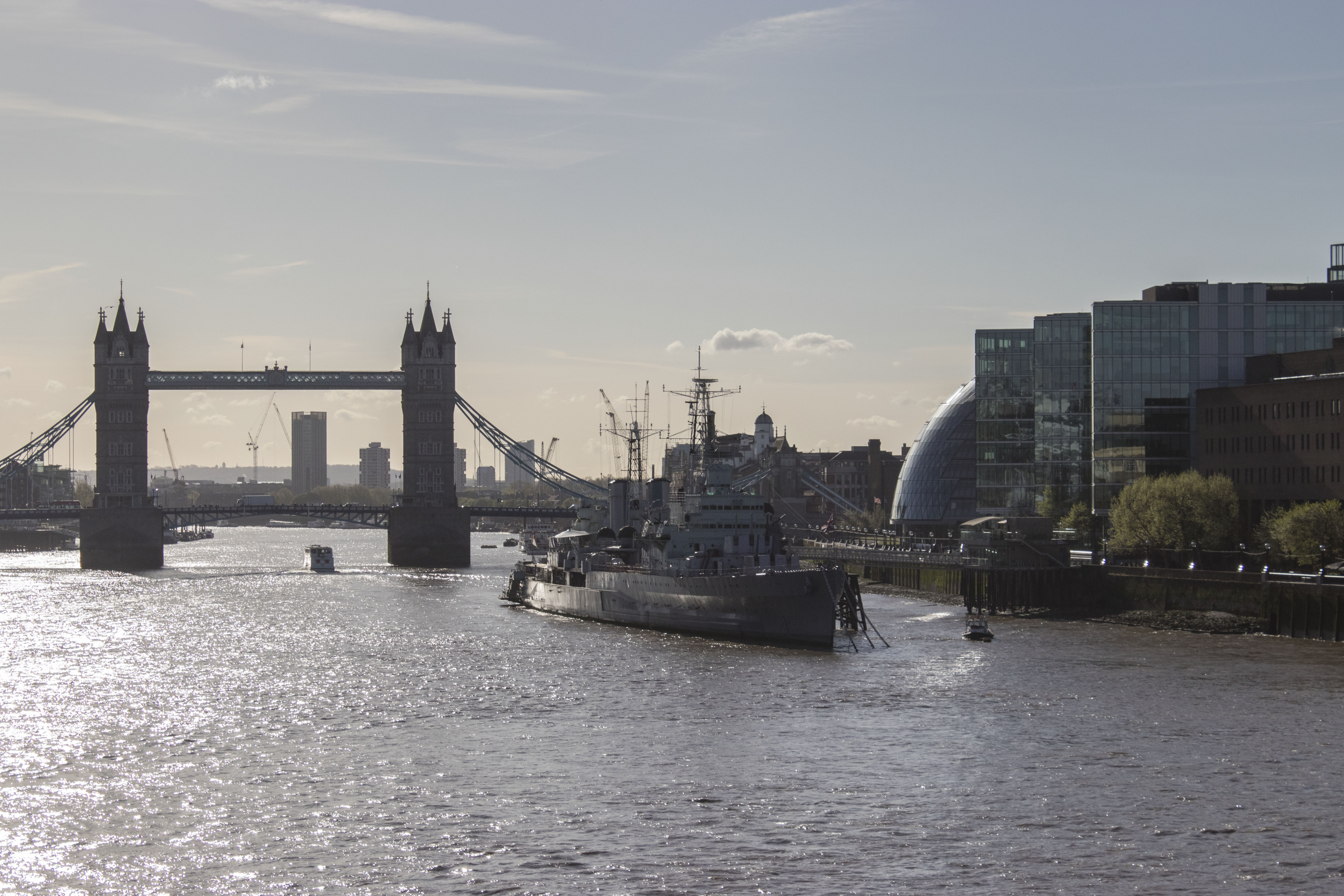
The T7i / 800D uses the same 7560-pixel RGB+IR metering sensor as the T6i / 750D, with 63-zone Evaluative, Partial, Centre-weighted and Spot metering options. The evaluative system does a good job most of the time, but it’s worth keeping in mind that the weighting applied to the active AF point can mean you need to use exposure compensation in high-contrast situations; we experienced a couple of occasions where the same shot threw up two different exposures simply because we shifted the AF point slightly.
The white balance system performs very well, while the option of an Ambient Auto White Balance mode has its uses, delivering slightly warmer results that can be welcome, while White Priority can deliver clean, neutral results even in artificial lighting.
Image quality
- ISO100-51,200
- Noise performance much improved
- Pleasing color rendition
The EOS Rebel T7i / EOS 800D's new 24MP APS-C CMOS sensor performs very well. While there's probably not much to choose between this new sensor and the one in the T6i / 750D in terms of out-and-out resolution, with both performing very well, it's improvements elsewhere that make the difference.
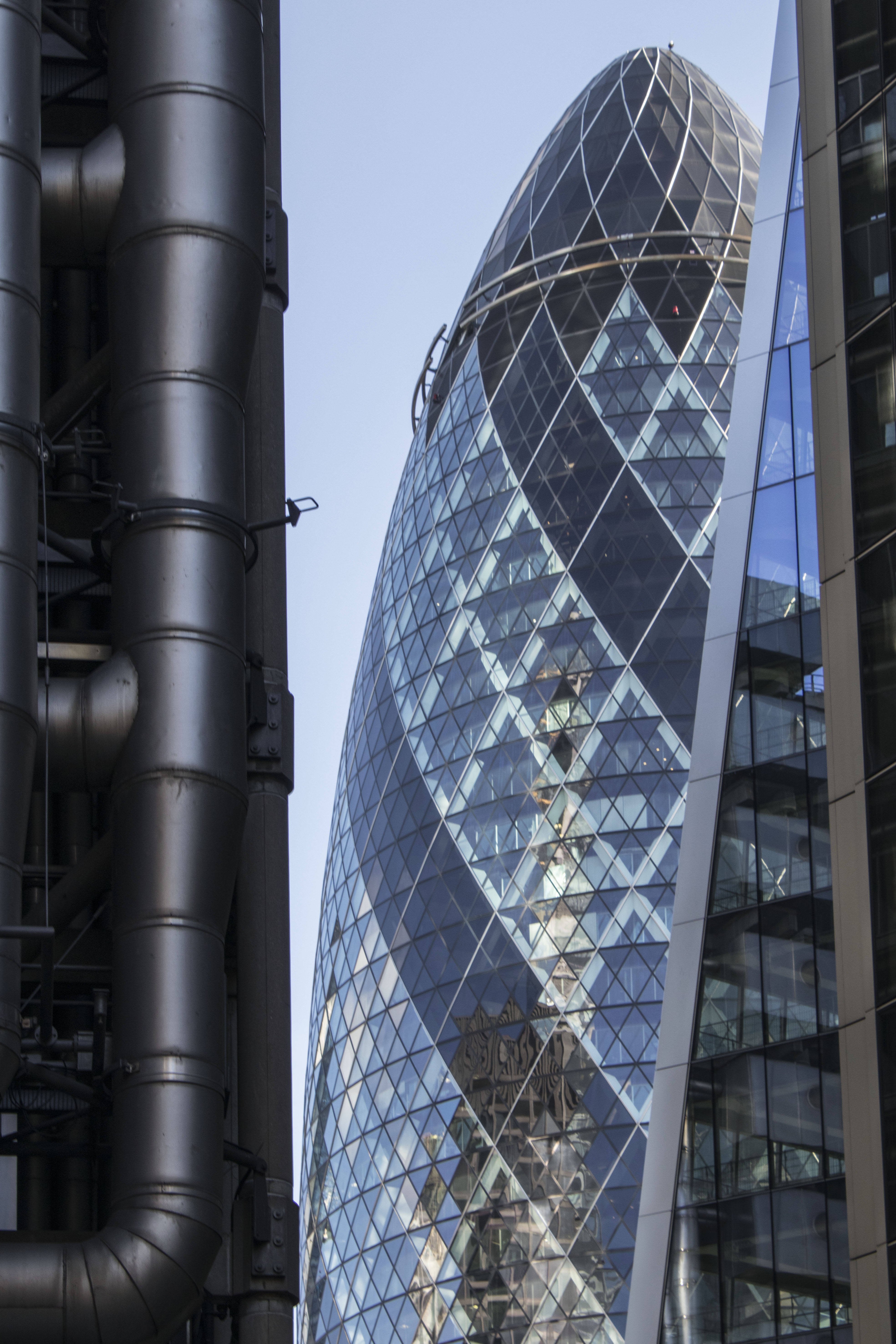
Perhaps the biggest improvement is in the way the camera handles noise. Images appeared very clean at low sensitivities and displayed good saturation, but it's further up the sensitivity range where the big improvements are evident.
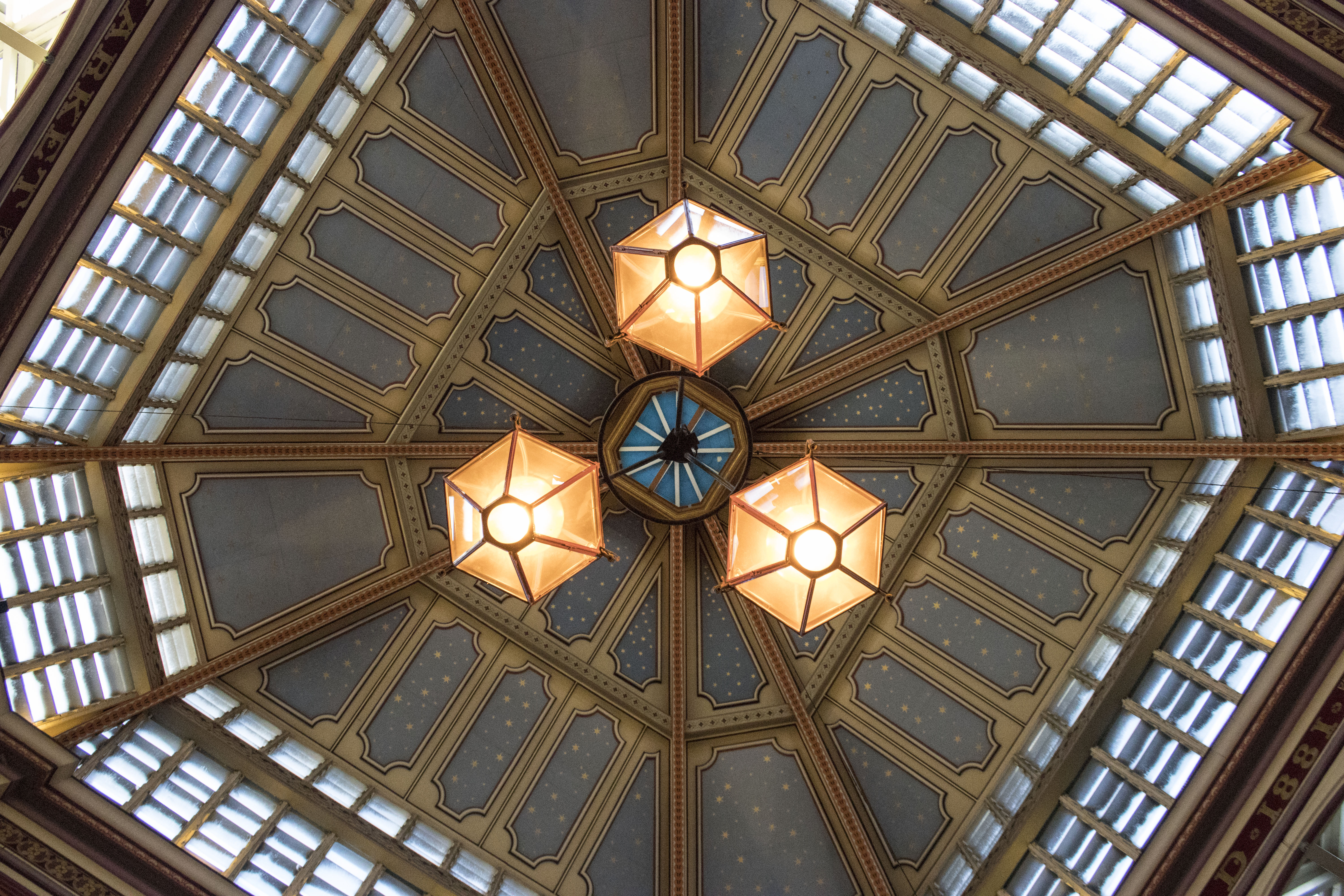
Raw files edited in Adobe Camera Raw looked very good, with images looking very clean even at ISO6400. While there's some luminance (grain-like) noise, it's very fine in structure, and there's hardly any noticeable chroma (color) noise present. Saturation has suffered a touch however, although it's still very good.
As you'd expect, image noise is much more pronounced at ISO25,600, with saturation and detail suffering on top of more noticeable noise. Despite this though, results are still pretty sound all things considered. We'd avoid using this setting where possible, but it does provide that bit of flexibility if you really need to get a shot in poor light.
As we've come to expect, colors are pleasing when it comes to JPEG output, although images arguably lack the 'bite' and clarity of some those from some rival cameras, so we'd suggest tweaking one of the Picture Styles or shooting raw.
Dynamic range is also that bit better, but still not quite a match for rivals – there's just not the same latitude in raw files to recover highlight and shadow detail as with, say, the D5600 or X-T20.
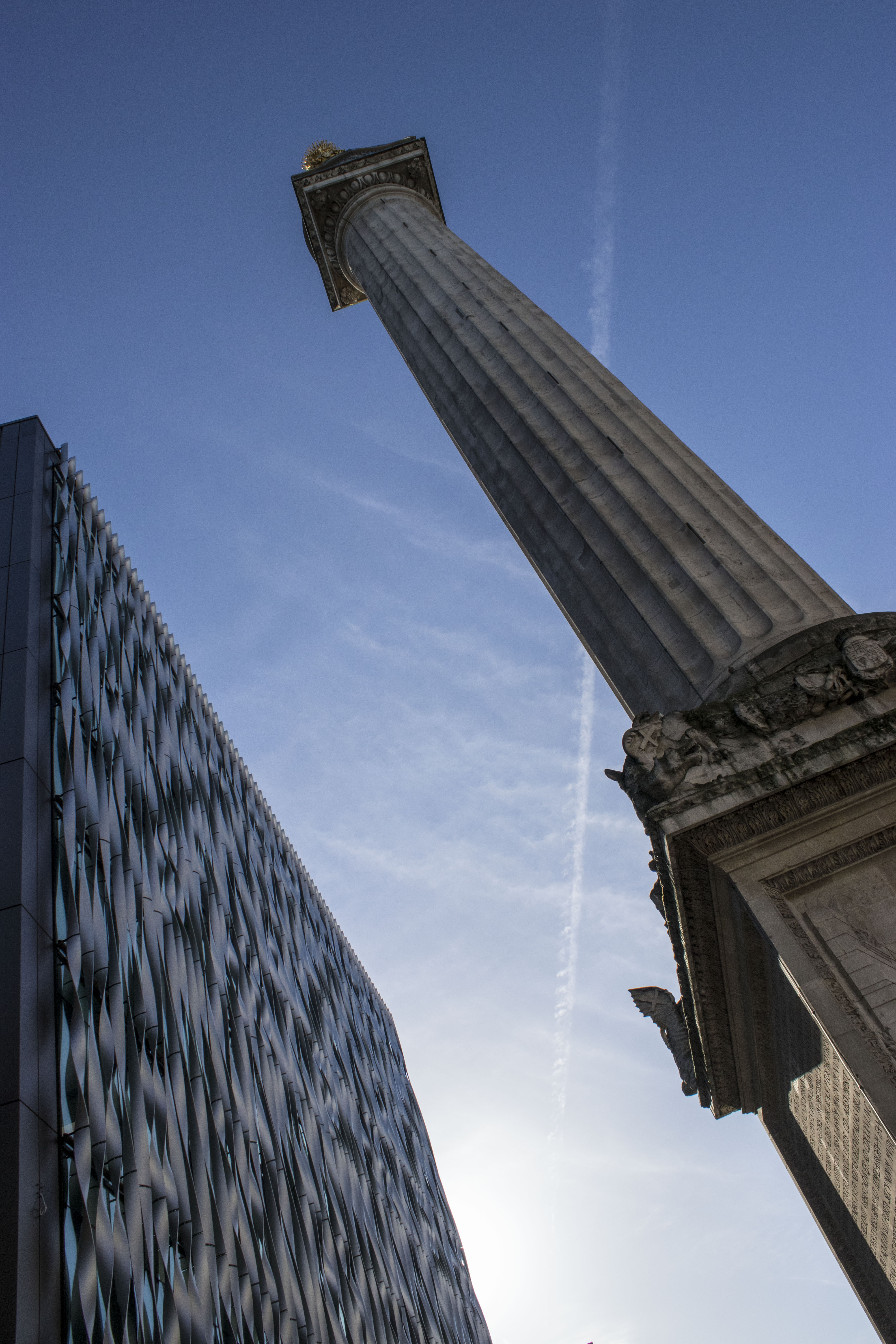
This isn't unique to the EOS Rebel T7i / EOS 800D by any stretch, but to make the most of this camera you'll want to ditch the 18-55mm kit lens as soon as you can – there's some pretty pronounced distortion present, while sharpness could be better. Fortunately, there are a wealth of optics out there that will do the well-performing sensor justice.
Verdict
Canon is hardly rocking the DSLR boat with the new EOS Rebel T7i / 800D – although with the T6i / 750D proving such as success it would have been daft to start from scratch.
That said, there have been a number of welcome improvements. The new sensor impresses, with great performance at high ISOs, and delivers detail-rich images (though to get the best from the camera you'll want some decent glass).
The autofocus too is a decent improvement over the T6i / 750D, with a solid 45-point AF system that's backed up by excellent live view AF.
The newly designed graphical interface will certainly make the camera even more appealing to new users – combined with the logical control layout and polished touchscreen it makes for a hassle-free shooting experience.
It's disappointing not to see 4K video capture here though, especially as mirrorless rivals are now offering it, while perhaps the biggest disappointment is the camera's finish. While it's similar to previous models, the onslaught of mirrorless models that feel that much nicer in the hand, and the relatively high launch price, exacerbate this shortcoming.
If you can get over these issues though, and if you're looking for a well-rounded and easy to use camera with which to take your first steps in the world of DSLR photography, the EOS Rebel T7i / EOS 800D is certainly worth a look.